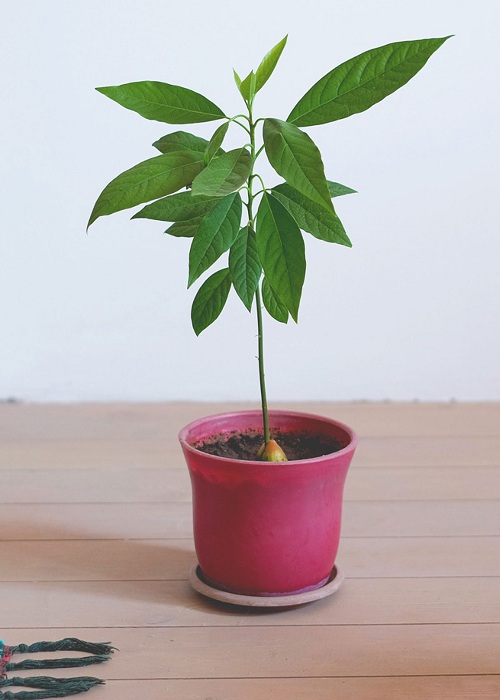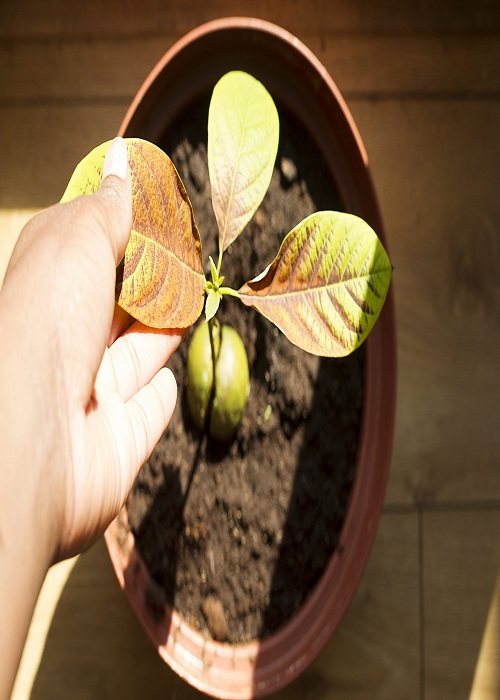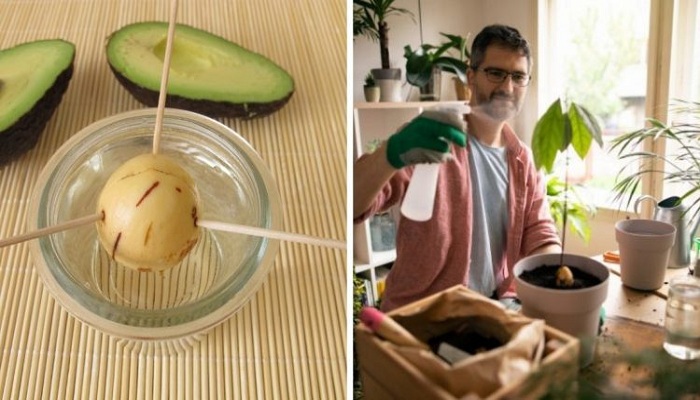Avocados are one of the world’s healthiest fruits because of their high content of vitamins, minerals, and other nutrients. Avocado has 6 grams of fat, 64 calories, 3 grams of fibre, and less than 1 gram of sugar in a single serving of 40 grams.
Medical director of Rochester, Minnesota’s Mayo Clinic Healthy Living Program and nutritionist/preventive medicine specialist Dr Donald Hensrud confirms that avocados are one of the few fruits high in fat and low in sugar. In addition to almonds, olive oil, and canola oil, avocados contain primarily monounsaturated fat, which is responsible for numerous health advantages.
In addition to B vitamins, vitamin E, vitamin C, copper, and fibre, avocados contain additional nutrients that contribute to their health advantages. They have significantly more potassium than bananas.
Avocados are also high in vitamin K, which improves bone health and prevents osteoporosis, while the high folate concentration prevents cervical, pancreatic, colon, and stomach cancers, as well as neural tube defects and miscarriage, by lowering the chance of neural tube defects.

According to Hensrud, avocados’ comparatively high-fat content is related to a low glycemic response, which is the tendency of a food to increase blood glucose. Studies on large populations indicate that consuming monounsaturated fats, such as those found in avocados, reduces overall mortality.
Furthermore, beta-sitosterol, a naturally occurring plant sterol found in avocados, helps decrease cholesterol and keep the heart-healthy. Lutein and zeaxanthin, two potent phytochemicals, are also found in them, helping to protect against age-related macular degeneration and promote eye health.
Dietitian Laura Flores from San Diego adds that avocados have a high concentration of omega-3 fatty acids in the form of alpha-linolenic acid. “Avocados are quite high in omega-3 fatty acids,” she says.
In addition to aiding digestion, detoxification, mood and sleep regulation, weight loss and prevention of chronic diseases such as diabetes, obesity, stroke, hypertension, hypertension, certain gastrointestinal diseases and coronary heart disease, these healthy fruits are also high in antioxidants and fibre.
Avocados’ high nutritious content and delectable flavor have driven up their price

So, we’ll show you how to grow avocados at home, save money, and have a steady supply of organic avocados. Take the following steps:
This is how it works:
- Clean one avocado seed and poke holes in it with four toothpicks spaced evenly apart.
Soak the seed in an inch of water in a glass in a warm setting at home, then expose it to sunshine. - After 2-8 weeks, you’ll notice a stem growing; when it reaches 6 inches, trim it to 3 inches. Wait until it reaches 6 inches in height again, and you’ll see the first signs of leaves.
- Dig a few inches of nutrient-rich soil into a large pot and plant the seed, but make sure half of it is above ground. The bottom of the container should include drainage holes for the water to drain away from the plant.
- Place the container in a hot, sunny location and water it as you would any other tree. If the leaves become yellow, wait a few days before watering; if the leaves turn brown, water the tree more frequently. This can be done by placing it in a sink and running it under running water.
- It can take a few years for the tree to bear fruit, but once it does, you’ll have access to the healthiest, most organic avocados around!

